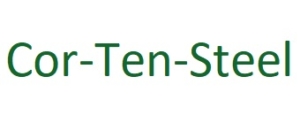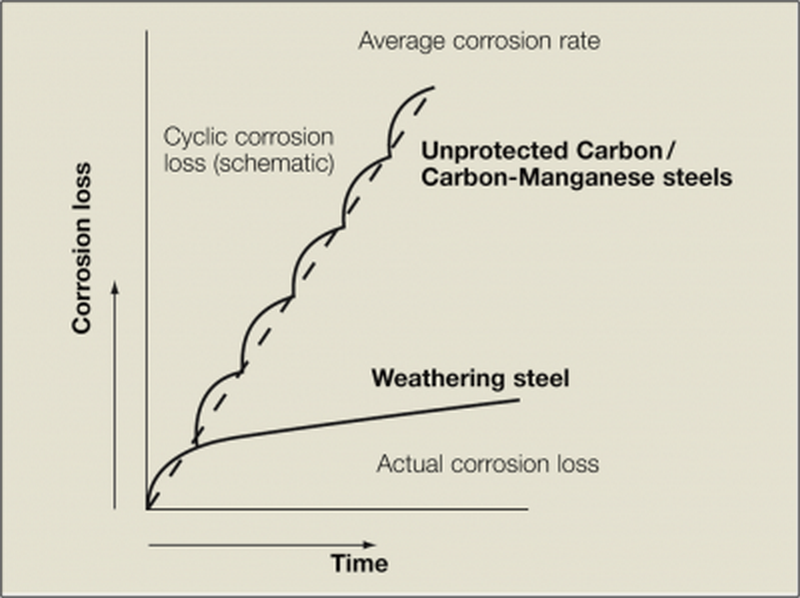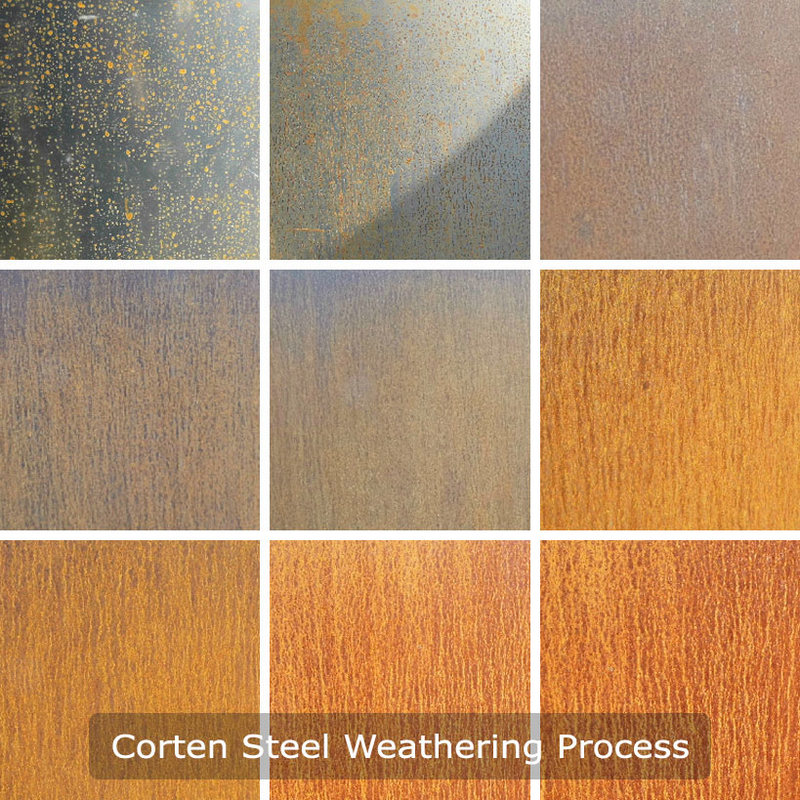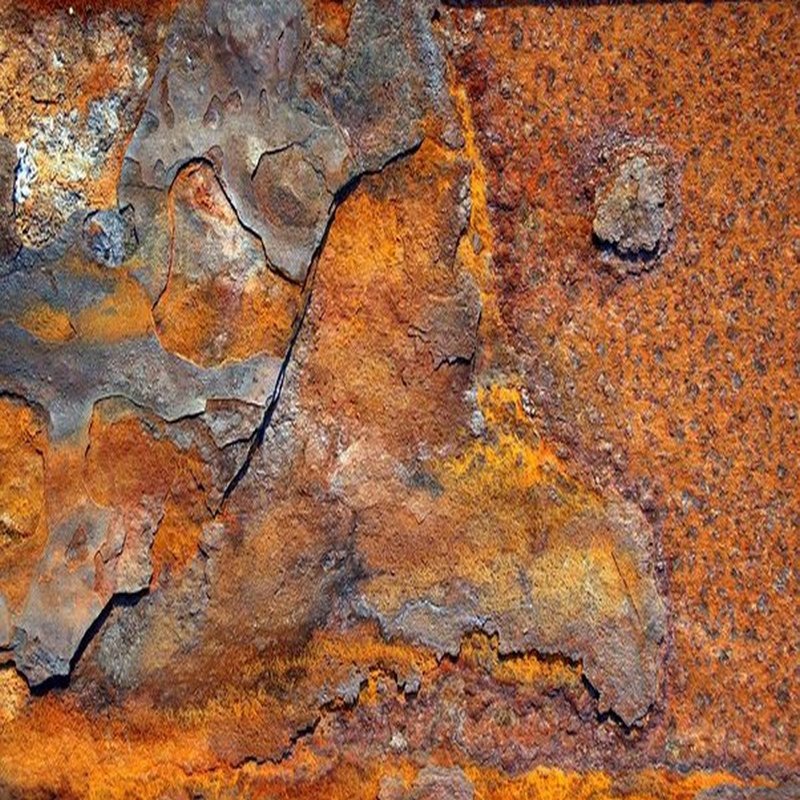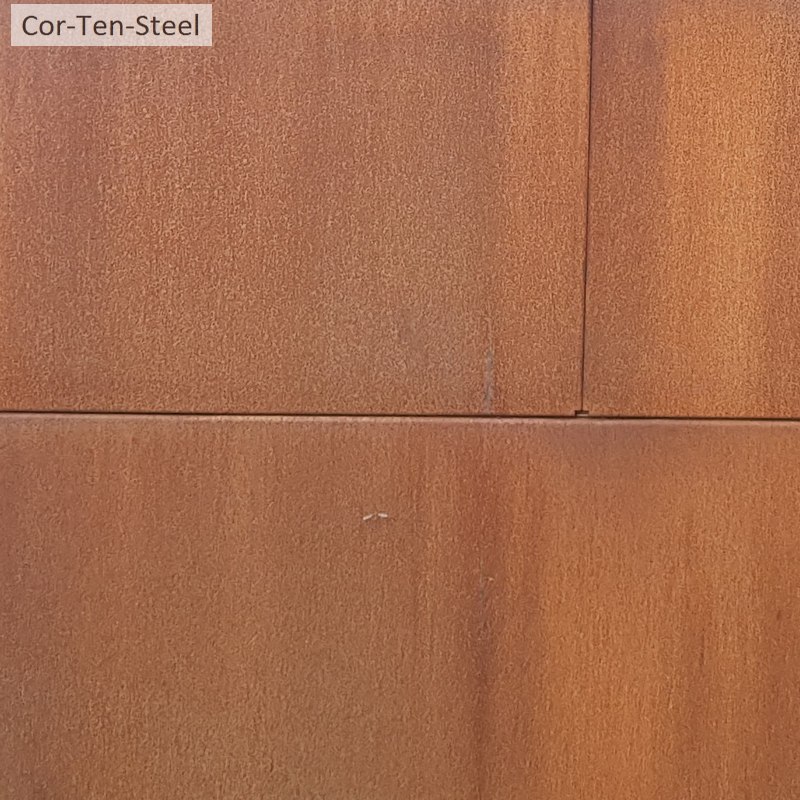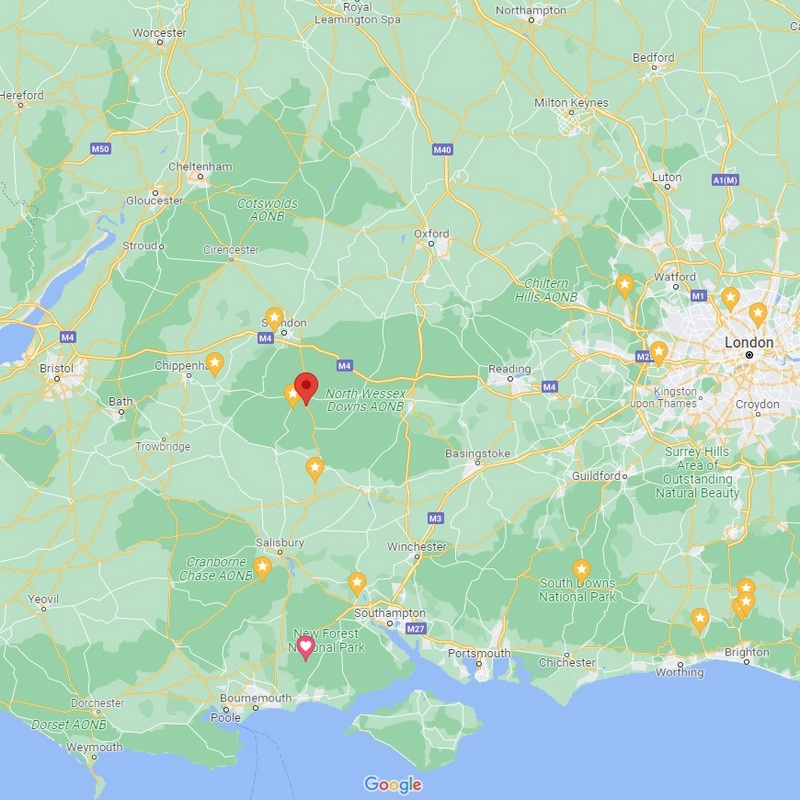Corten Life Span Information
Corten Steel Care and Maintenance
Corten steel, also known as weathering steel, is a high tensile steel that forms a protective layer of rust or patina when exposed to the elements. This patina shields the steel from further corrosion, giving it a characteristic reddish-brown color.
To form this protective patina, corten steel needs repeated cycles of wetting and drying. If buried or otherwise prevented from experiencing these cycles, corten steel will not develop the patina and will rust at a similar rate to mild steel.
To extend the lifespan of corten steel, ensure all retaining walls have adequate drainage to prevent hydrostatic pressure buildup. Poorly drained retaining walls with saturated soils will shorten the lifespan of unprotected corten steel.
For this reason, it is recommended sealing the insides of planters and the backs of retaining walls made of corten steel with a bitumen sealer.
Thin (1.0mm to 1.5mm thick) unprotected steel when buried has quite a short lifespan
By following these simple care and maintenance tips, you can ensure that your corten steel structures will last for many years to come.
Weathering steel alloys, are often refereed to as Corten,
Corten steel, was a steel alloy that was first developed in 1933 by the US steel Corporation.
Weathering steel ASTM A606-4 often sold as Corten, develops a protective oxide film, when exposed to repeated wet-dry cycles.
Unlike raw steel, Cor-Ten steel is corrosion resistant due to its alloy composition, it does not show bubbling, flaking or peeling which normally occurs with raw steel
This oxide bonds with the base metal and continues to corrode over time at a much much slower rate.
The inherent nature of the rusting process, is that variations in colour, hue and texture should be expected, these variations are not considered flaws or defects
Cor-Ten steel is sold un-weathered (grey/blue steel) and will produce a rust run-off which will may stain stone, concrete, and decking surfaces if not allowed to weather first. To limit staining to surrounding surfaces, place your planter in grass or soil during the initial weathering period.
Nominal thickness for each 10yr period of working life
- Location
- Rural
- Urban*
- Industrial**
- First 10yr period mm
- 0.10
- 0.20
- 0.20
- Subsequent 10yrs mm
- 0.05
- 0.05
- 0.10
* With the chief impurity in the air being sulphur dioxide
** In addition to sulphur dioxide the air also contains chlorine. Also for locations in the immediate vicinity of salt water
Increased thickness = increased life span
Adding 1mm to the exposed face of corten steel adds approx 100yrs to life span
The life expectancy of weathering steel depends on the following
1/ the environment
2/ the steel has repeated wet/dry cycles to form and maintain the protective oxide coating
3/ the thickness of the steel specified
For example
In urban areas of moderate pollution, and low salinity, over a 50yr period one may expect 0.5mm of corten steel to corrode away
For an exposed steel beam this would mean adding 1mm to the flange thickness at year zero, to ensure that at year 50 the flange thickness is still at the design thickness.
For longer required life spans and more corrosive environments additional thickness would be added.
Most building codes requires that roofing and cladding have a minimum 15 years resistance to water penetration.
For structural elements the requirement may be 50yrs
Common thicknesses of galansised corrugated roofing sheets is 0.4mm or 0.55mm
In conclusion 2mm thick corten weathering steel in moderate urban environments should be approx 1mm thick after 50yrs weathering from both sides.
The weathering process is not linear, with approx 80% of the decay occurring in the first years of life, most specifiers therefore tend to use steel that is 0.5mm to 1.0mm thicker than required to allow for unexpected corrosion.
In applications where the corten steel can not maintain the wet/dry cycles to establish the protective oxide, such the inside of planters. It is recommended to seal inside/unseen steel with a bitumen damp proof membrane such as Bostik Waterproofer or equivalent
There is no warranty with unprotected raw steel, the specifier matches the expected environment conditions and the selected thickness of steel, to arrive at a prediction of the expected life span. Domestic landscaping applications may be happy with an expected life span of 30yrs plus, while bridge engineers often require 120yrs plus
Shipping container are made from corten steel, and are then painted to extend there economic life.
Q355NH Weathering steel
Chemical composition(%)
C:≤0.16 Si≤0.5 Mn:0.5-1.5 P≤0.03 Cr:0.4-0.8 Cu:0.25-0.55
Mechanical property
Yield strength/Mpa:≥355 Tensile strength/Mpa:490-630 Elongation/%≥22
Stainless Steel TEK screws should be used to fasten the corten weathering steel. Do not use zinc coated screws as this will result in bimetallic corrosion which occurs when dissimilar metals are in contact
The zinc anode will quickly corrode when an electrolyte (water) is present
Corten is not permitted to fix directly to galvanised steel, electrolytic isolation pads must be fitted to prevent any direct contact
Zinc flashings should not be in direct contact with corten, to avoid dissimilar metallic corrosion due to the large surface area of zinc in contact with the corten . A solution can be to install a non conductive permanent insulation layer between the two dissimilar metals
Corten steel slowly weathers over time
It is recommended that the buried portions of the metal be coated with a bitumen damp proof membrane such as Black Jack D.P.M. Bostik Bituminous Black Paint or equivalent
Image of pitted, blistering, flakey mild steel
Mild steel is not just like corten, it corrodes quickly with large flakes
To reduce costs, some companies reduce the steel thickness to under 1.0mm and while other companies imply that you are getting corten
